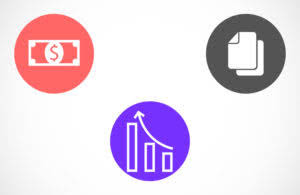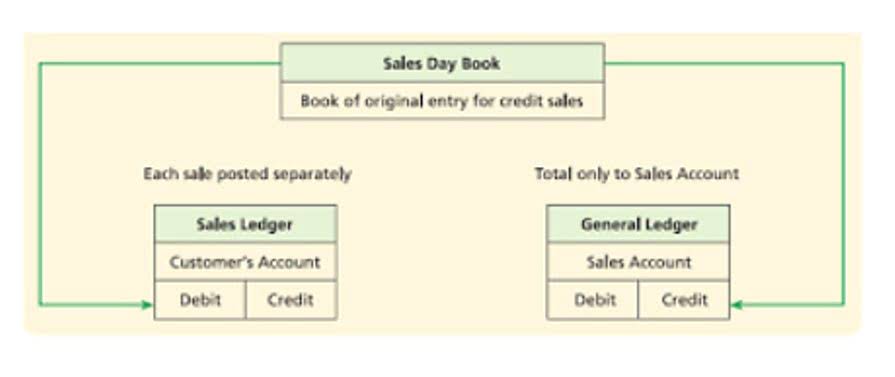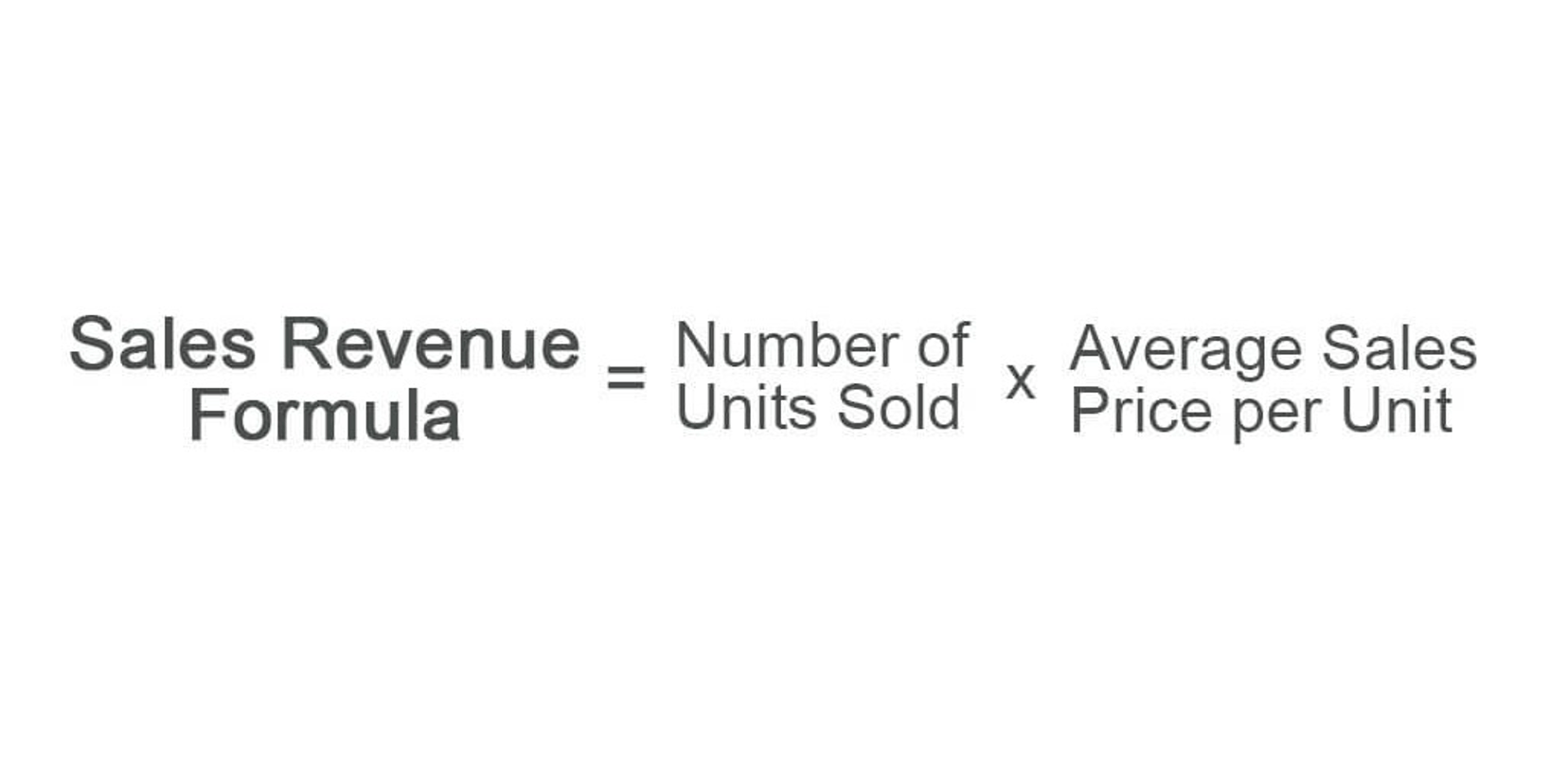Accurate records of expenses, revenues, and credits are required for tax purposes and can help keep you in compliance with tax regulations. With the basic EBIT formula down, we can now easily view how EBIT changes period-over-period to monitor operational performance. In the Reports window, scroll down the list on the left side and click on “Income Statement” to open up the income statement report. Instead, when users undertake transactions review, they may notice inaccuracies in the amounts, totals, and results. It may lead them to concur that QB’s Profit and Loss statements are wrong. Thus, this is why and how to get a profit and loss statement from QuickBooks.
These are useful for general financial analysis and for planning with your bookkeeper, tax preparer or business consultant. There could be several reasons that might trigger errors in QuickBooks profit and loss calculation. Below, we have listed all the obvious reasons that might get you incorrectly calculated profit and loss reports in QuickBooks. The next step is to estimate the income taxes to be paid by the business entity. Rather, it is just an estimation of the amount of taxes that your company is expected to pay. Business entities may choose to track pre-tax earnings over net income as it is a better measure to evaluate business performance.
It earned gains from the sale of assets amounting to $5,000 and incurred a loss from a lawsuit of $500 during the year 2019. Two of the components of an income statement quickbooks income statement example include revenues and gains. These are further categorized into operating and non-operating revenues from other sources. Use one of our templates to list the sales, expenses, and other gains or losses in the correct format.
Creating Custom Reports for Ongoing Monitoring
Creditors are more concerned with a company’s cash flow and if they are generating enough income to pay back their loans. I don’t have a sample Statement of Cash Flows but let’s just briefly cover what you’ll find in one. A cash flow statement shows the changes in your cash position for a particular period. Basically you can see the source of the cash coming into the business and the how the cash was spent.
What does QuickBooks Profit and Loss Report Wrong Mean?
It refers to income earned throughout the year from sales of goods and services. Therefore, this post is a detailed guide about creating, using, and troubleshooting errors related to the QuickBooks income statement. For detailed and step-by-step instructions, follow the complete article until the end. Let’s take the example of Microsoft’s income statement to understand how to read a standard income statement. For example, a doctor derives operating revenue by providing medical treatment whereas a manufacturer of furniture generates operating revenue through sales of such furniture.
- Similarly, a higher pre-tax income and a lower after-tax income showcases that one-time costs are taking a toll on your business earnings.
- This information is vital to your success, as the report helps develop resource forecasts to plan for major upcoming expenditures.
- Calculating key financial metrics like Earnings Before Interest and Taxes (EBIT) can be confusing for many small business owners using QuickBooks.
Here’s a sample income statement of company ABC for the year ending 31st December 2020 and 31st December 2021. Tickmark, Inc. and its affiliates do not provide legal, tax or accounting advice. The information provided on this website does not, and is not intended to, constitute legal, tax or accounting advice or recommendations. All information prepared on this site is for informational purposes only, and should not be relied on for legal, tax or accounting advice.
Verify That the Date Range Matches for Both of the Reports
It’s important to track and review your income and expenses so you can plan for future growth. If you have concerns about creating or understanding your income statement, work with a CPA or other knowledgeable financial specialist. These costs include wages, depreciation, and interest expense among others. Cost of goods sold expenses are reported in the gross profit reporting section while the operating expenses are reported in the operations section.
Make sure there are no Transactions Present without any Items
The dashboard presents both a list of top customers by revenue and pie charts showing percentage contributions to overall sales. This insight enables targeted relationship management, helps prioritize account servicing efforts, and informs customer retention strategies to protect your most valuable revenue streams. With this guide, you should now feel equipped to easily calculate EBIT directly from your QuickBooks income statement. This gives a more accurate picture of cash earnings without the distortion of non-cash accounting expenses like depreciation and amortization.
Scroll down the income statement to view all expense line items and find the total expenses figure for the period. This includes costs of goods sold (COGS) as well as operating expenses like payroll, rent, utilities, etc. A balance sheet is used by the management to understand if your business has enough liquidity to meet its financial obligations. Thus, the users of the balance sheet like investors and creditors get a fair idea of how effectively the management of the company uses its assets. The income statement lets a business know more about its operational performance so that it can understand what needs to be fixed.
- However, these just scratch the surface of what’s possible with QuickBooks.
- The beauty of QuickBooks is that you can create dozens of custom reports to help you better run your business.
- In 2012, she started Pocket Protector Bookkeeping, a virtual bookkeeping and managerial accounting service for small businesses.
- The management experiments with various price points to see which price earns the company maximum profits.
- Non-operating expenses are the expenses that are incurred by your business but are not related to your core business operations.
Sometimes, you want to see certain types of income or expenses separately. QuickBooks Online lets you customize your report to see exactly what you need. You can filter the financial data to only include specific items and compare different periods on the same income statement.
Revenue is all income generated by the sale of the business’ primary goods or services. Revenue may also be referred to as the “top line,” because it is the first line on the income statement. If you’re a new small business owner, Excel templates can be a useful solution. The more your business grows, the harder it gets to track everything in Excel. Save time and manage your finances in one place—let QuickBooks accounting software do the hard work for you. Then dive deeper into the components of revenue and expenses to understand key drivers behind EBIT changes.
It does not include any indirect costs like selling and distribution, etc. The following are the steps to prepare an income statement for your business. Creditors, on the other hand, aren’t as concerned about profitability as investors are.
This customization makes it easier to understand how your business is doing over time. Imagine you’re on a treasure hunt, looking for hidden gold, but instead of a map, you have QuickBooks to guide you. This guide is all about finding the golden nuggets of your business’s financial performance through an income statement report. As a business owner, you need to have a handle on the money coming in and going out of your business; to that end. The income statement reports the revenues and expenses of your company.

















